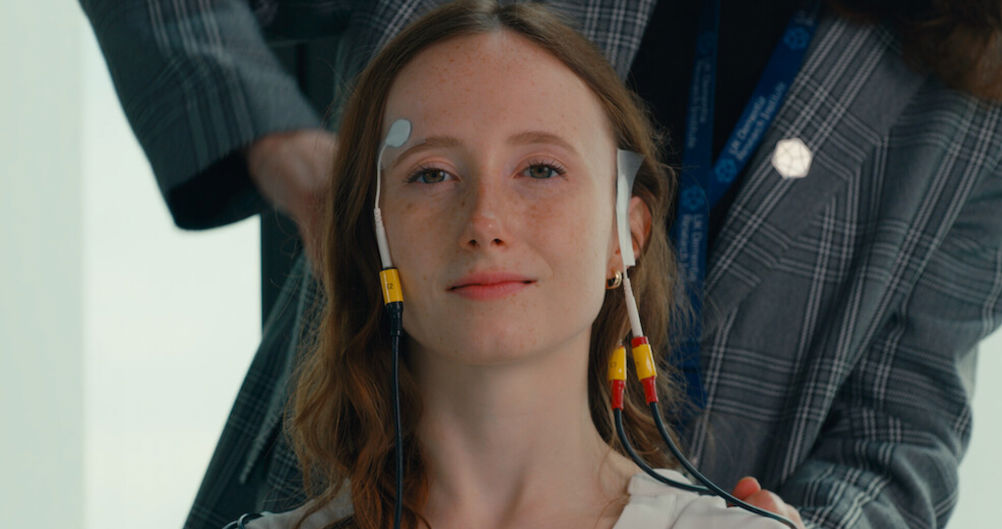Known as temporal interference (TI), it works by applying electric fields to the brain via electrodes placed on the head. By targeting the overlapping electric fields, the Imperial team was able to stimulate the hippocampus without affecting the surrounding brain areas, something that was not previously possible without invasive surgery.
Related content
The technique has been successfully trialled with 20 healthy volunteers for the first time by a team at the UK Dementia Research Institute (UK DRI) at Imperial and Surrey University. Published in the journal Nature Neuroscience, the initial findings show that when healthy adults perform a memory task whilst receiving TI stimulation, it helped to improve memory function.
“Until now, if we wanted to electrically stimulate structures deep inside the brain, we needed to surgically implant electrodes which of course carries risk for the patient, and can lead to complications,” said research lead Dr Nir Grossman, from Imperials’ Department of Brain Sciences.
“With our new technique we have shown for the first time, that it is possible to remotely stimulate specific regions deep within the human brain without the need for surgery. This opens up an entirely new avenue of treatment for brain diseases like Alzheimer’s which affect deep brain structures.”

TI was first described by the Imperial team in 2017 and shown to work in principle in mice. The latest study now shows for the first time that TI is effective at stimulating regions deep within the human brain. According to the researchers, this could have broad applications and will enable scientists to stimulate different deep brain regions to discover more about their functional roles, accelerating the discovery of new therapeutic targets.
“The ability to selectively target deep brain areas using a non-invasive approach is very exciting as it provides a tool to investigate how the human brain operates and opens possibilities for clinical applications,” said first author Dr Ines Violante, from Surrey University and Honorary Research Fellow at Imperial.
“The combination of non-invasive imaging and brain stimulation will help us unravel the processes that support our cognitive functions, such as memory and learning. Knowledge of these processes and how they can be altered is essential to develop better individualised strategies to treat or delay the onset of diseases.”
In the study, the team used TI stimulation on healthy volunteers while they were memorising pairs of faces and names – a process heavily dependent on the hippocampus. Using functional magnetic resonance imaging (fMRI), the researchers showed that TI selectively affected the hippocampal activity evoked by the memory task. Finally, the researchers repeated the procedure for a longer period of 30 minutes, demonstrating that TI stimulation during the task lead to improved memory accuracy.
Commenting on the research, Dr Leah Mursaleen, head of research at Alzheimer’s Research UK, said: “Although deep brain stimulation is available as a treatment option for some brain conditions, such as Parkinson’s disease, current techniques require complicated brain surgery. So, it’s fantastic to see UK-based researchers exploring promising new ways to reach the brain that don’t require invasive procedures.
“It is important to note that this study was done in a small group of healthy volunteers. Therefore, the results of the next clinical trial, which will assess this exciting technique in people with early Alzheimer’s disease, will give us more insight to see if this technique can help improve their memory.”











Guest blog: exploring opportunities for hydrogen combustion engines
"We wouldn't need to pillage the environment for the rare metals for batteries, magnets, or catalisers". Batteries don't use rare...